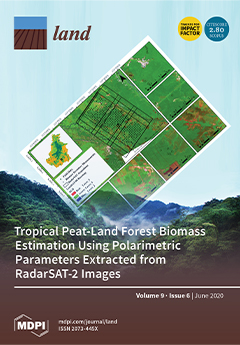Resource information
Digital soil mapping (DSM) is currently the primary framework for predicting the spatial variation of soil information (soil type or soil properties). Random forests and similarity-based methods have been used widely in DSM. However, the accuracy of the similarity-based approach is limited, and the performance of random forests is affected by the quality of the feature set. The objective of this study was to present a method for soil mapping by integrating the similarity-based approach and the random forests method. The Heshan area (Heilongjiang province, China) was selected as the case study for mapping soil subgroups. The results of the regular validation samples showed that the overall accuracy of the integrated method (71.79%) is higher than that of a similarity-based approach (58.97%) and random forests (66.67%). The results of the 5-fold cross-validation showed that the overall accuracy of the integrated method, similarity-based approach, and random forests range from 55% to 72.73%, 43.48% to 69.57%, and 54.17% to 70.83%, with an average accuracy of 66.61%, 57.39%, and 59.62%, respectively. These results suggest that the proposed method can produce a high-quality covariate set and achieve a better performance than either the random forests or similarity-based approach alone.


